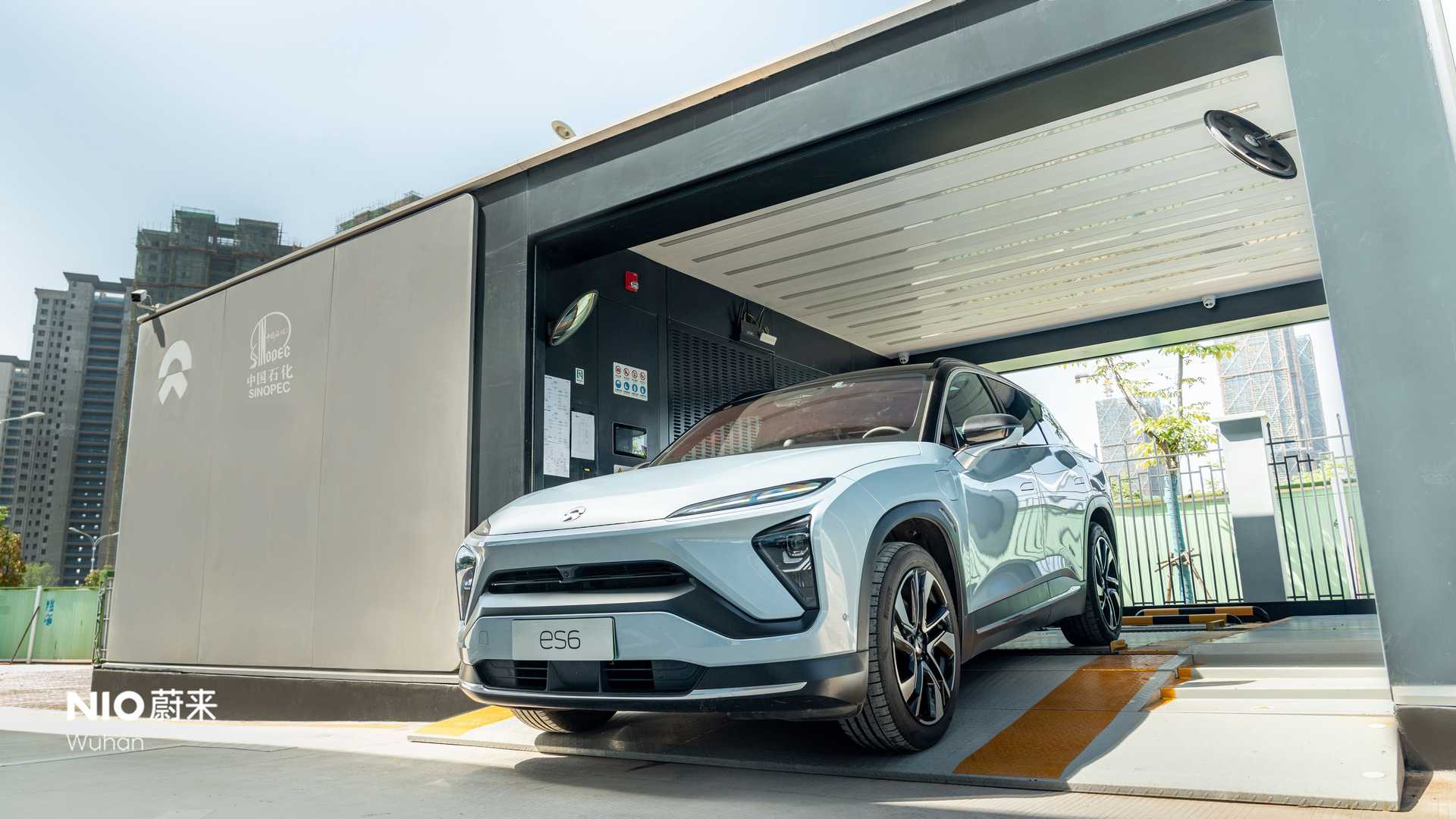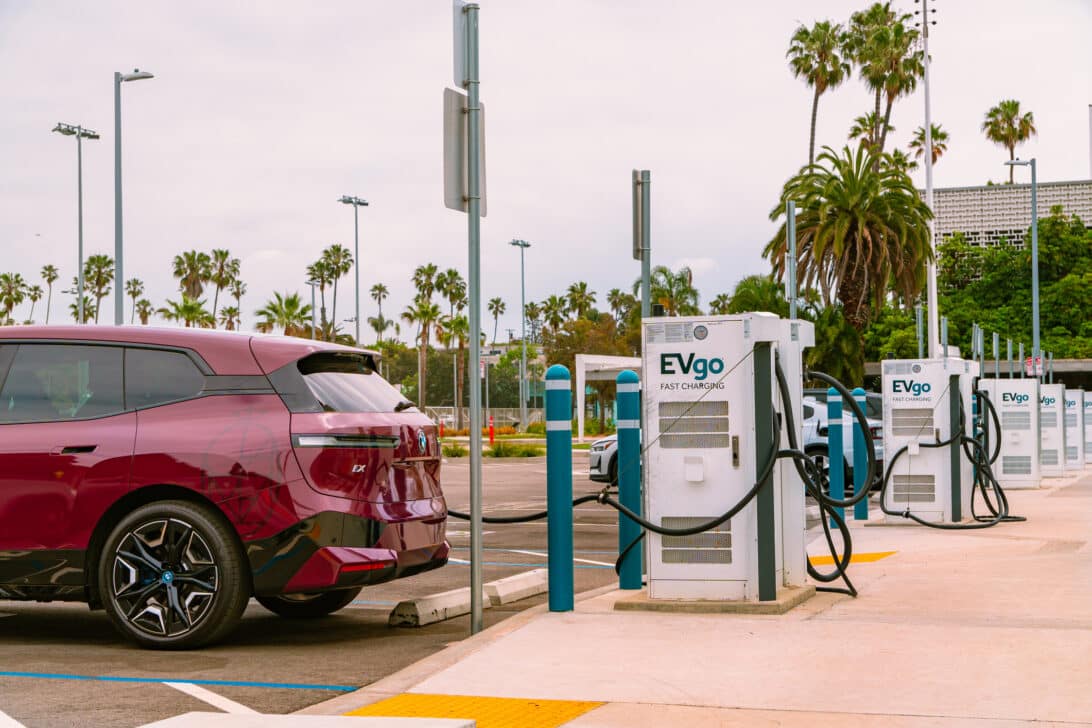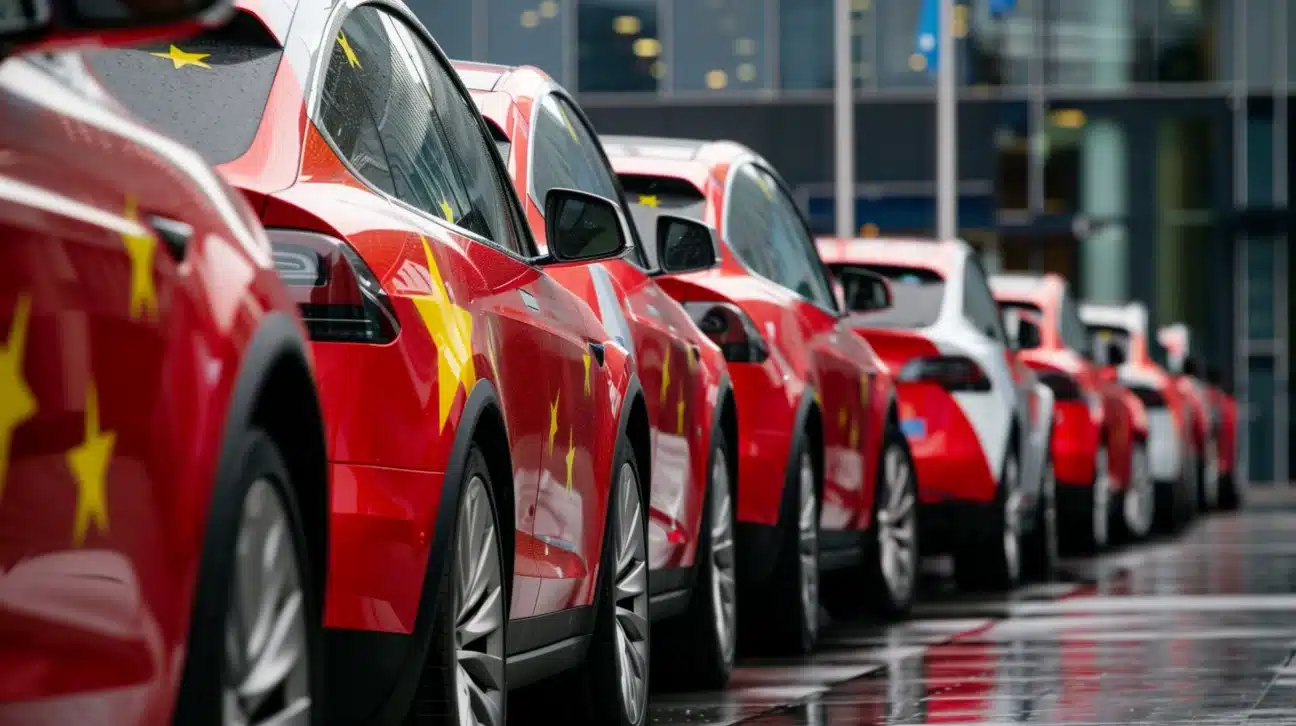If you own an electric car in the city, you may be lucky enough to find a road-side charger near your home when you want it. But there are limited spaces and competition can be fierce. Are very small vehicles with swappable batteries going to be a more popular choice in future?
While charging infrastructure is improving rapidly in most cities, it can still be an issue. It is one of the biggest put-offs for many city-dwellers to make the transition to owning an electric vehicle.
The first question is, of course, whether you actually need a car at all if you live in downtown New York, London or Paris. After all you are probably within very easy reach of an electric rental bike, scooter or hire car.
But the weekly supermarket shop really isn’t feasible on a Lime scooter. And you would struggle to take the twins to their ballet lesson on the back of a hire bike.
The answer may come by looking to Asia, with their much greater use of auto rickshaws and TukTuks. There’s a growing view that shared ownership of these small, convenient vehicles – clean electric versions, not the noisy, smelly ones that zip around Delhi – could be a perfect solution for many people.
That becomes even more attractive when you add on the ability to simply swap the discharged battery for a new, fully-charged one at a convenient, pre-booked time.
Is battery swapping viable?
Battery swapping works best for two and three-wheelers as they have smaller, more easily removable batteries. Compared to conventional charging, battery swapping saves time, space, and money, especially when the system is used efficiently.
Additionally, battery swapping offers sustainable and innovative business models, such as “Battery-as-a-Service” (BaaS), in which a service provider does not charge upfront costs for batteries and offers daily or monthly subscription-based rental plans that allow the EV drivers to swap batteries multiple times a day.
This swap method also removes the direct relation between the vehicle and the battery, decreasing the initial cost of buying an electric vehicle by up to 30 per cent.
According to market research firm Markets & Markets, the market is projected to grow from USD 1.7 billion in 2022 to USD 11.8 billion by 2027, with a compound annual growth rate of 46.9 per cent over the period.

NIO is a poineer in battery swapping. Picture shows the 175th NIO battery swap station built by NIO and Sinopec in China.
Where is the growth in battery swapping going to happen?
The largest region for battery swapping is Asia with China, India, Taiwan, and Vietnam leading the way, given the abundance of small city vehicles there.
Geely, the China-based automobile manufacturer, has set up 39 battery swap stations in China with ambitions to add 200 by 2023 and as many as 1,000 through existing arrangements. Geely’s head of battery swapping, Mr. Yang Quankai, claims that by 2025, there will be 5,000 battery swap stations operating throughout China.
In 2020, the Chinese government also stepped up efforts to establish uniform standards in the industry. The objective is to standardize the procedure so that it can be performed on any automobile, battery, or system and allow for replacement in just three minutes. This standardisation will require car makers to change their approach and move away from all having different batteries and designs.
To date, battery swapping isn’t widespread in western countries, although some brands like NIO are about to launch cars with swappable batteries. But, if we follow the trend from the east, we should all expect (and hope) to see environmentally friendly TukTuks with swappable batteries on the streets of Berlin, Brighton and Barcelona in the next few years.
Subscribe
Sign-up to receive our newsletter





